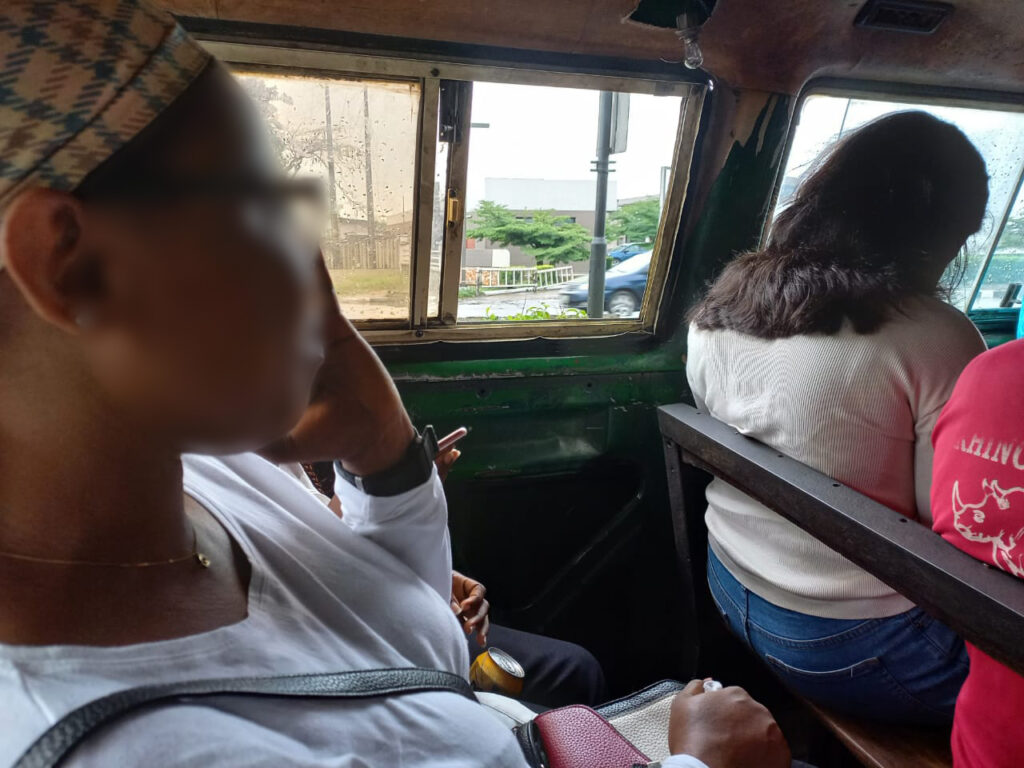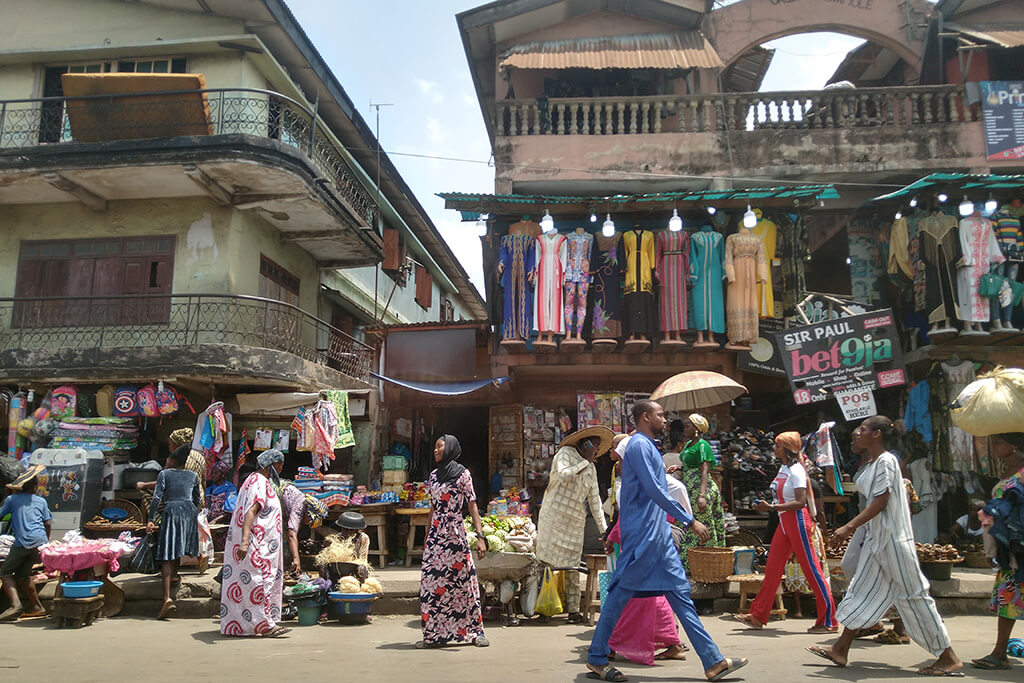Public transit plays a key role in promoting social equity. Not only does reliable access to affordable public transport remove barriers due to income inequality, safe transit options allow women to more actively take part in their community. Without it, the probability of women’s participation in the workforce can drop by over 15 percent. Ensuring that safe and reliable public transport is accessible to everyone is therefore an essential aspect of sustainable mobility planning.
Though planners and other officials are aware that this discrepancy exists between how women and men use public transport, to date there has been a lack of gender-aggregated research and data on the topic. Without this data, it is more difficult to find adequate solutions for closing the gender gap.
A model means of data gathering
A group of researchers set out last year to fill in some of these missing blanks using three African metropolises as their geographic base. Their findings, collected in “Decoding women’s transport experiences: A study of Nairobi, Lagos, and Guateng,” not only offers guidance for making public transit more gender-sensitive, the methodologies used can serve as a framework for similar studies in future.
To identify the many variables that may be preventing women from making full use of public transport, the researchers developed a multi-pronged approach to information gathering that was adapted for each of the cities surveyed. After a thorough literature review, they worked with teams on-the-ground in each city who were intimately familiar with the region. They then began collecting data through workshops, conducting surveys, and partaking in ride-alongs. This approach can be seen as a model for data collection that is sensitive to women’s needs. By taking a nuanced view to the individual experience, the methodology provided results that will open readers’ eyes to the many different difficulties that women face while using public transport.
Women’s travel experiences not homogenous
Of the key findings researchers noted is that treating “women” as a homogenous group limits a greater understanding of how public transport is used. To address the gender gap, other aspects of a person’s identity need to be taken into consideration— from their income and class status, their geographical location and proximity to transport options, whether they have children who travel them, and other factors.
“It is not sufficient to disaggregate data to produce impactful insights on the gendered experience of public transport. Women are not a single homogeneous group and their needs and pain points will differ greatly depending on their age, occupation, household structure, and income levels,” the researchers write. That is why in each of the three locations (Nairobi, Lagos, Gauteng) six profiles of women transport users were created and surveyed in a mixed-method approach: stay-at-home mom, sex worker, street vendor, transport expert, student, and working professional.
Women who are younger, for example, are much more open about their experiences with sexual harassment during their commutes; older women, researchers noted, may have already taken measures to cope with such experiences. Others have adapted by wearing baggier clothing or changing modes of transport.






